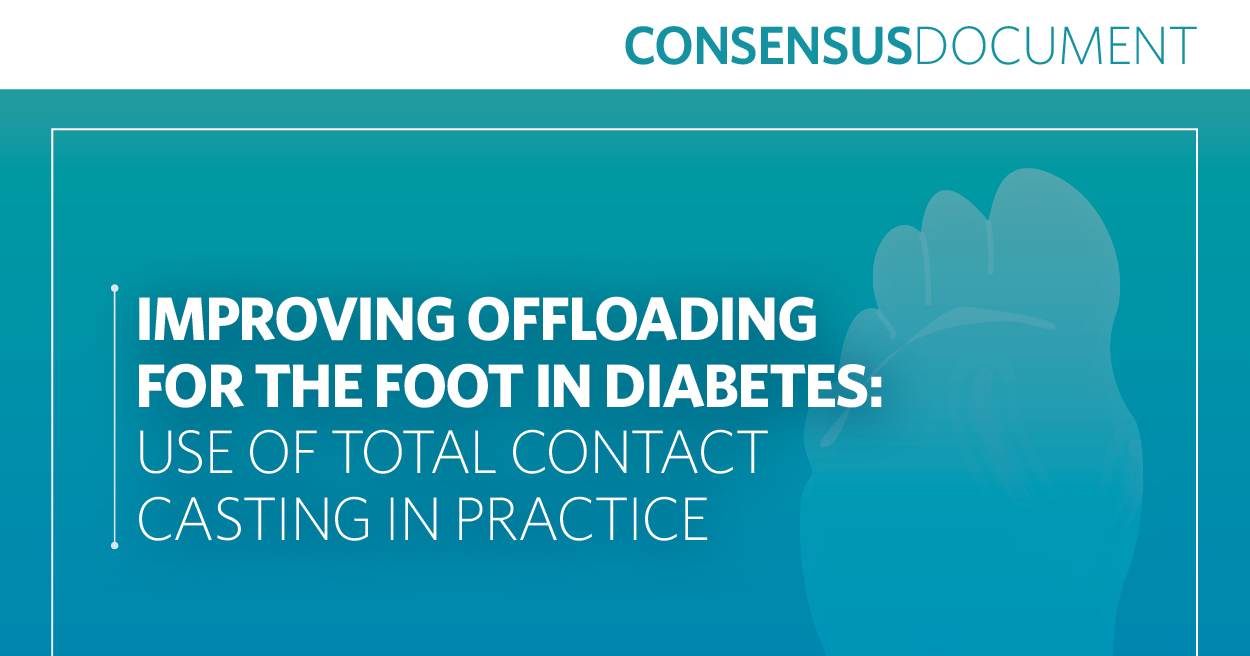Although not novel with the recent emphasis on in-patient diabetes, and in-patient diabetes foot care in particular, the paper by Cichero et al (summarised alongside) is a timely reminder that improving in-patient care for individuals with diabetic foot can be beneficial for the organisation, as well as the individual.
Following the introduction of a podiatric high-risk foot co-ordinator to the diabetic foot team at Great Western Hospital, Swindon, Cichero et al were able to present a reduction in average length of in-patient stay from 33.7 days to 23.3 days (mean difference 10.4 days, 95% confidence interval [CI], 0.0–20.8, P=0.05). The authors found no statistically significant difference in the re-admission rate of in-patients between the 10-month pre-pilot period before the co-ordinator joined the team and the 11-month pilot period after they joined: 17.2% (95% CI, 12.2–23.9%) and 15.4% (95% CI, 12.0–19.5%) respectively (P=0.82). Curiously though, there were more admissions in the pilot period, but this is not fully explained (in the article).
In-patient costs are usually the largest part of diabetic foot care costs, so significant notional savings can be made by reducing bed-days. The authors estimated that the annual cost saving following the appointment of a new co-ordinator role was around £234 000 for the 2010–2011 year, although at £250 per bed-day this seems like quite a cheap hospital (the hospital where I work estimates £500 per bed-day, for example). In reality, without closing wards and reducing staff costs, most of these savings will not be realised. However, where there are achievable savings in time, reduced bed occupancy producing less “boarding” and overall stress on over-loaded in-patient systems, the intangible “savings” will be as important.
Moving more patients to out-patient care will also help to reduce cross-infection and healthcare-associated infections. The article by Collier et al (summarised on the next page) explored a particular contention of mine. I have been working in diabetic foot care for nearly 25 years, and, despite large numbers and prolonged courses of antibiotics for the majority of people with diabetes and foot ulceration, I rarely see Clostridium difficile infections in my patients.
Collier et al estimated the C. difficile rate among people with diabetic foot ulcerations as 1.25 cases per 10 000 patient-days of antibiotics, and their follow-up seems robust. This reassuring number does not prompt great joy or even a suggestion that current practice is safe, but I would go further and suggest that, in the main, it is a big step towards reassurance about current practice in most diabetic foot clinics.
To read the article summaries, please download the PDF from the article options link at right.





